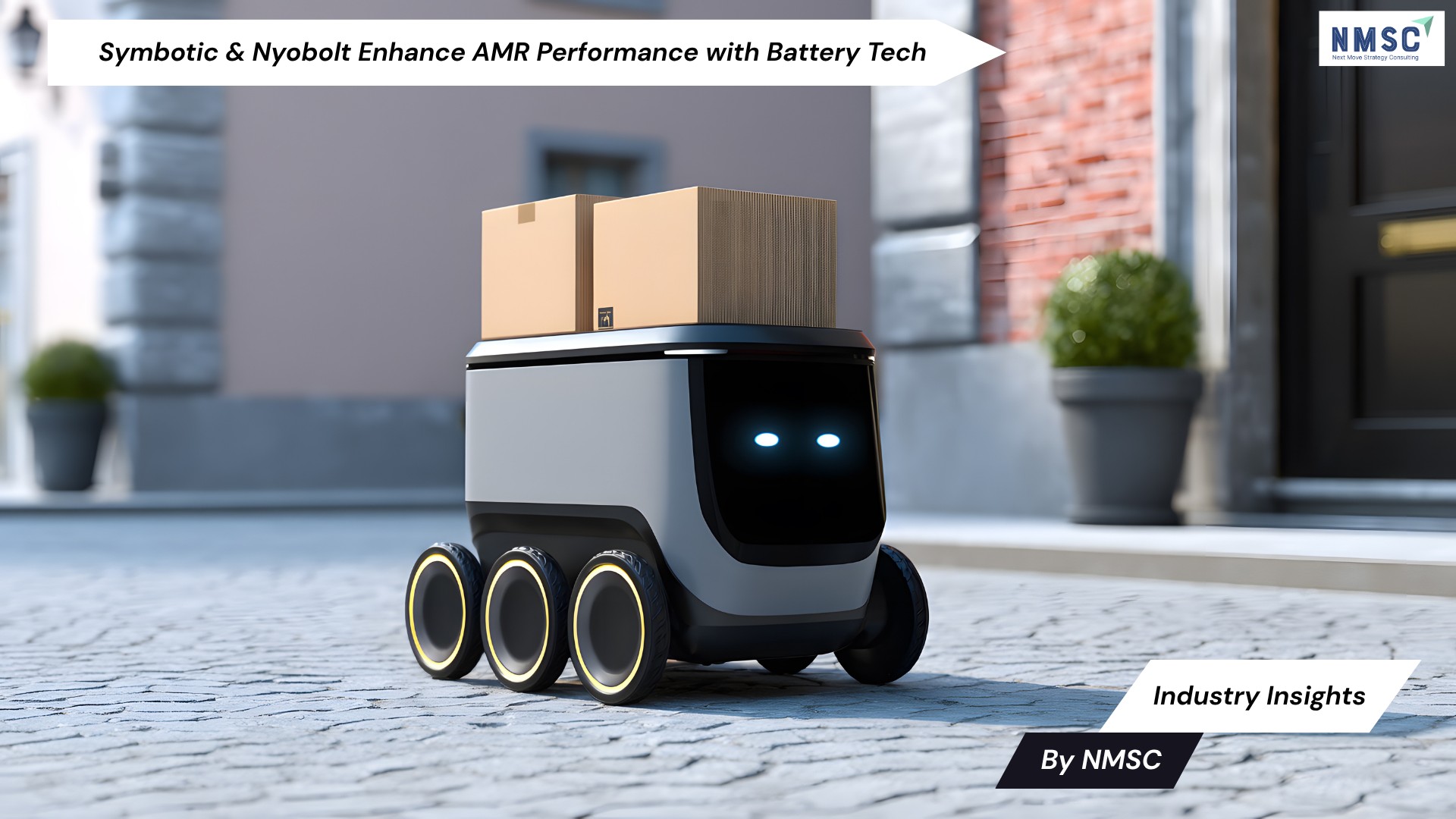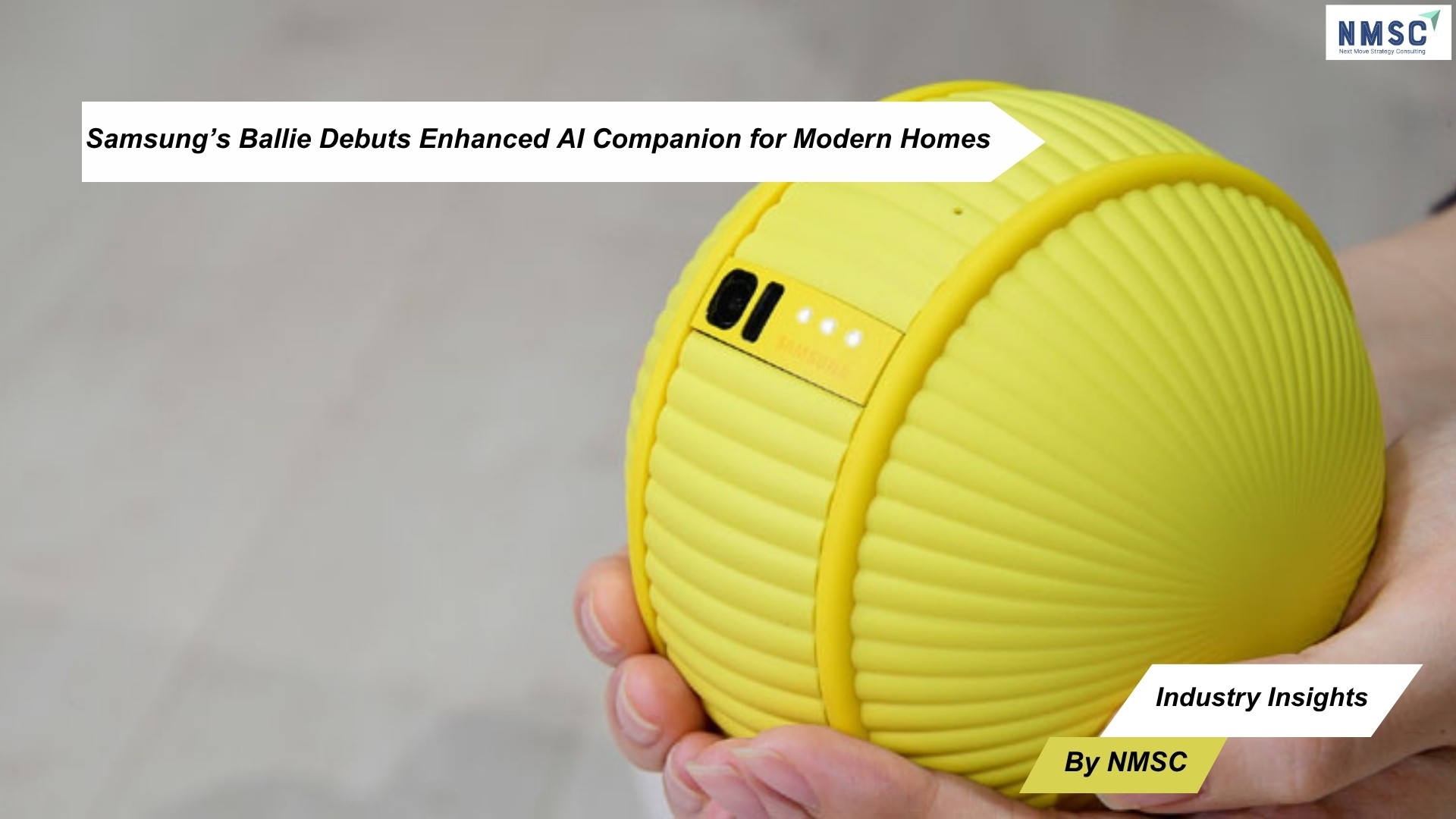Automotive Robotics Market is Expected to Reach USD 22.67 Billion by 2030
Published: 2025-03-20
The rising initiatives toward the adoption of electric vehicles are driving the growth of the automotive robotics market.
According to the new research by Next Move Strategy Consulting, the global Automotive Robotics Market was valued at USD 13.5 billion in 2023, and is expected to reach USD 22.67 billion by 2030, with a CAGR of 7.6% from 2023 to 2030.
The growth of automotive robotics is propelled by the increasing adoption of electric vehicles (EVs) and the launch of EVs by multiple manufacturers. For instance, in November 2021, the governments of the U.S., Canada, Mexico, and the U.K. made a collective commitment to completely transition their fleets of 120,000 vehicles into electric vehicles. This initiative is aimed at achieving zero emissions by 2040, with a goal of reducing greenhouse gas emissions.
Moreover, the growing concerns regarding the negative impact of carbon emissions on the environment and climate have spurred the demand for electric vehicles worldwide, further increasing the demand for robotics in the automotive industry. According to the estimation of the International Energy Agency (IEA), there will be 250 million EVs running in the world to reduce environmental pollution.
The introduction of robotics is a significant turning point in the growth of the automotive industry. Increased automation enables businesses to concentrate on automating operations to cut costs, save time, offer high-quality products, and boost productivity to meet stiff competition.
Furthermore, assembling various cables and components within vehicles can be challenging. Therefore, there is a rising implementation of robotics in the automotive industry. Moreover, automotive companies, such as BMW, Ford Motors Company, and ABB, are working with automation technology companies for the implementation of advanced technologies in their manufacturing plants. This, in turn, propels the growth of the market. For instance, in April 2021, Ford Motors transformed the car manufacturing industry by introducing the pioneering concept of a moving assembly line. This revolutionized the process of assembling new vehicles and made it faster and more efficient than before. To enhance productivity and speed, Ford integrated artificial intelligence (AI) into its manufacturing operations. This implementation of AI technology aims to improve efficiency further and accelerate production processes at Ford.
On the contrary, the high initial investment cost of robotics installation hinders the market growth. The emergence of Industry 4.0 is creating favorable opportunities in the market for the upcoming years. Industry 4.0 heavily depends on robotics to create a connected ecosystem for efficient manufacturing and supply chain management. Robots are critical in enabling digital connectivity and equipped with sensors that enhance their resilience to disruptions. Thus, the adoption of Industry 4.0 presents an optimistic growth potential for companies operating in the automotive robotics market.
Request for a Sample PDF on the Automotive Robotics Market
According to the report, the leading market players in the automotive robotics market include Denso Corporation, Nachi-Fujikoshi Corp, ABB, KUKA AG, Epson Corporation, Fanuc Corporation, Yaskawa Electric Corporation, Comau, Stäubli International AG, Kawasaki Heavy Industries, Ltd., Omron Corporation, Universal Robots, CMA Robotics S.p.A, Mitsubishi Electric Corporation, Hyundai Robotics, and others.
For instance, in June 2023, ABB launched four new large robot models and 22 variants to support automotive customers in improving productivity, quality, and safety. The new robots are designed to meet the needs of the automotive industry, which is undergoing a major transformation as it shifts to electric vehicles and autonomous driving.
Also, in October 2022, Comau collaborated with Siemens to integrate robotics and AI in the programmable logic controller (PLC). The collaboration facilitates establishing a connection based on the Profinet “Standard Robot Command Interface,” a protocol that increasingly facilitates and improves the integration of Comau robots with Siemens programming and control systems.
In addition, Yaskawa Electric Company introduced a new technology, called i3 (i-cube) Mechatronics, based on AI. It makes robots more intelligent and flexible than before, allowing them to learn and adapt to new tasks. This technology is used in Yaskawa's new HC10DT robot, which is ideal for various applications, such as automotive, electronics, and food processing industries.
Key Insights from the Automotive Robotics Market Report:
-
The information related to key drivers, restraints, and opportunities and their impact on the automotive robotics market is provided in the report.
-
The value chain analysis in the market study provides a clear picture of the roles of each stakeholder.
-
The market share of key players in the global automotive robotics market along with their competitive analysis are provided in the report.















Add Comment